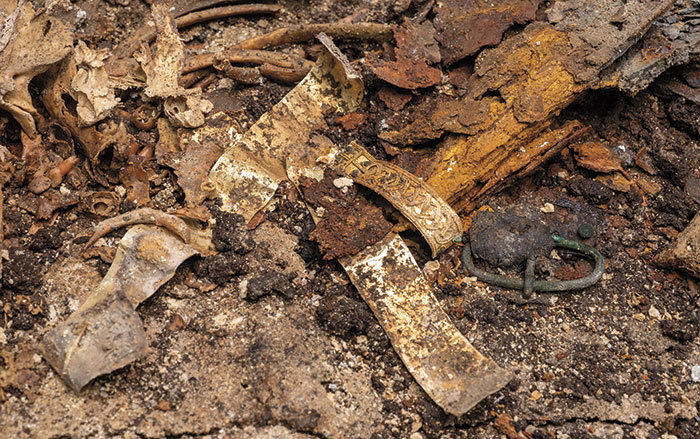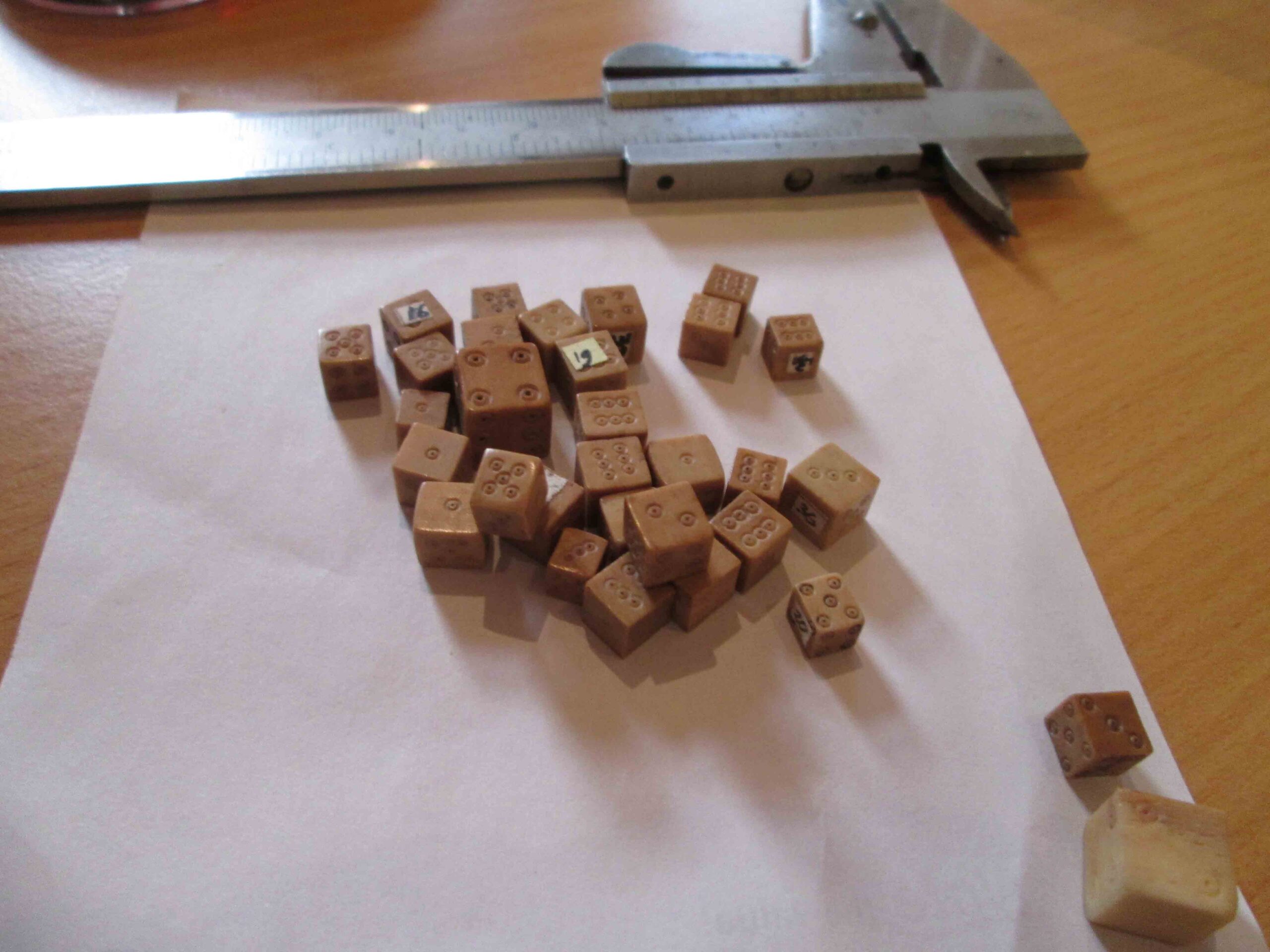
SILISTRA, BULGARIA—Archaeology in Bulgaria reports that rescue excavations in the ancient city of Durostorum, the headquarters of the elite Roman 11th Legion, have revealed a fortress wall thought to have been built in the beginning of the fourth century A.D. According to archaeologist Georgi Atanasov of the Silistra Regional Museum of History, the well-preserved wall was held together with very strong red mortar. It encircled the city, strategically located on the Danube River, and had rectangular towers. Ioan Piso of Babes Bolyai University thinks that the wall could indicate that the city was the capital of the Roman province of Moesia Inferior, instead of Tomis, which is located in Romania. In fact, earlier excavations at Durostorum have uncovered Roman inscriptions bearing the names of the governors of the province of Moesia Inferior. The team has also found a second-century building that had been decorated with murals painted with the color Pompeian red, deep blue, green, and yellow. To read about how the construction of a port fueled the Roman Empire's rise, go to "Rome's Imperial Port."










